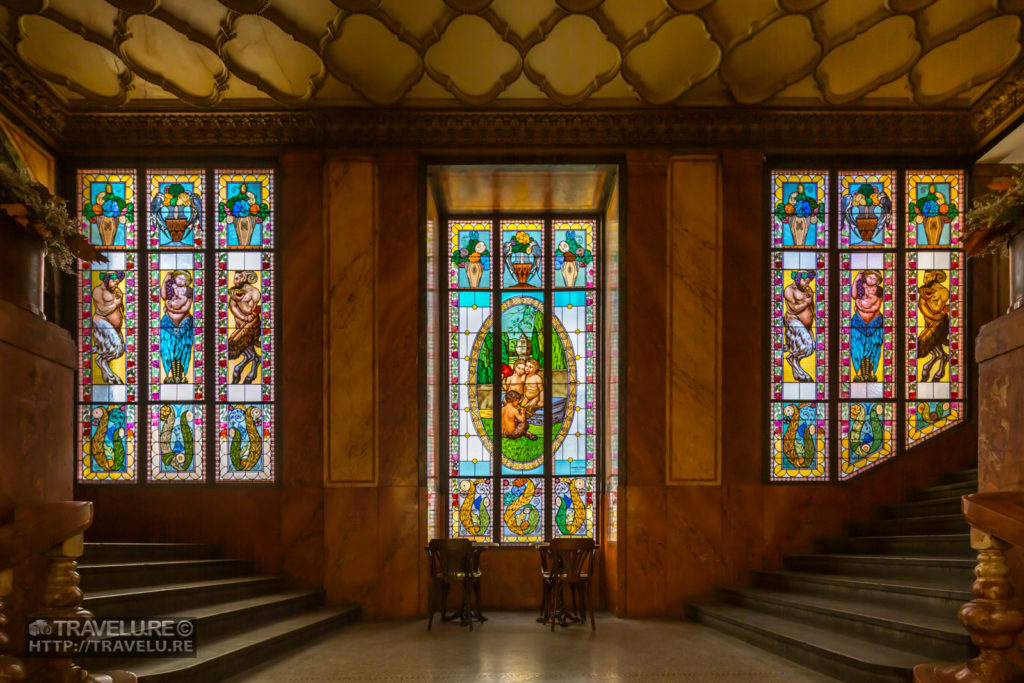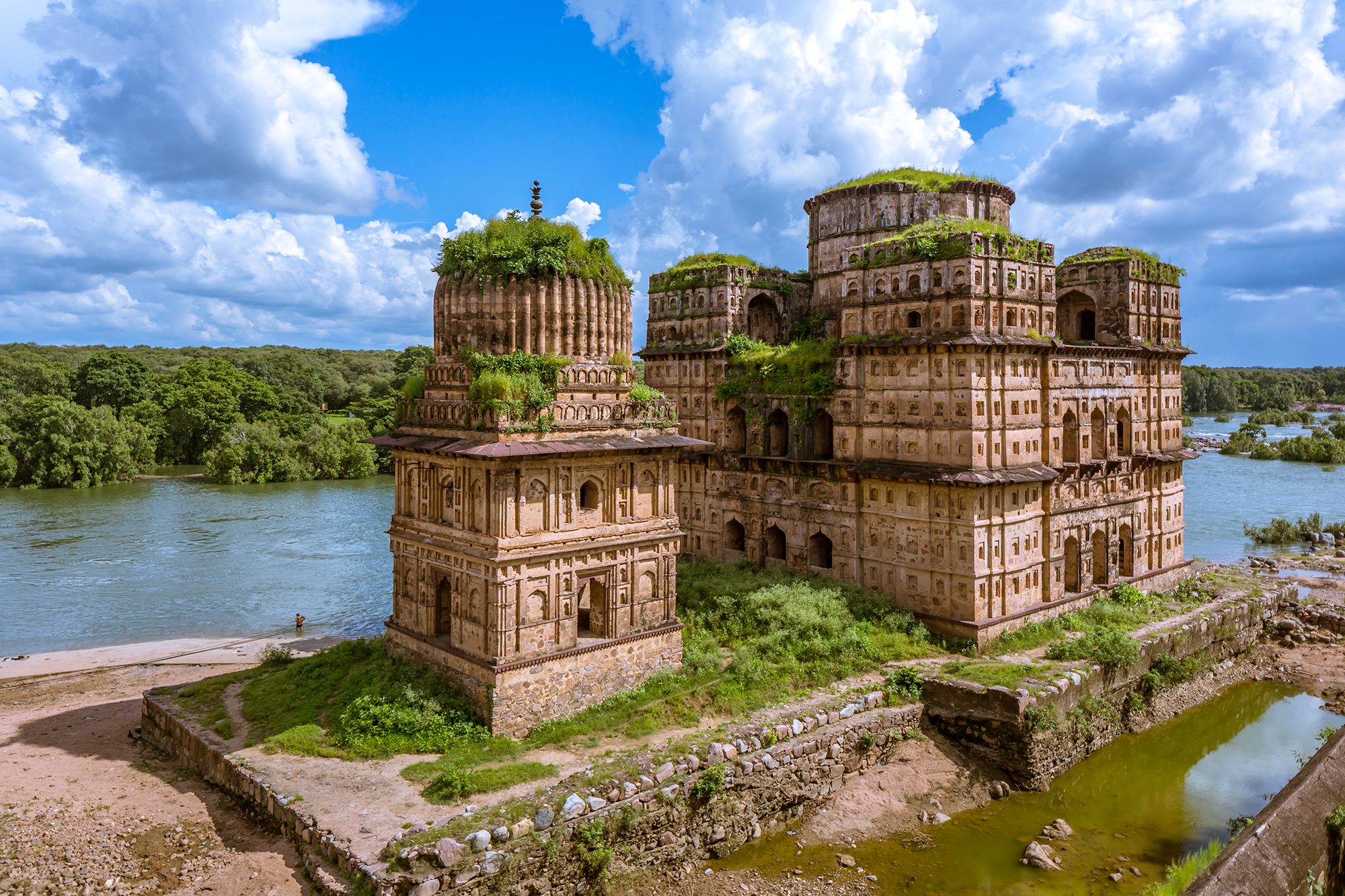The MasterClass Series #13
How to Shoot Back-lit Stained Glass
Equipment
EOS 5D Mark III
EF 24-70mm f/2.8 L II USM (Holy Trinity Church, Bengaluru)
TS-E 17mm f/4 L (Notre Dame Cathedral, Paris; Sainte Chapelle, Paris; Lucerna Palace, Prague)
EXIF #1
Holy Trinity Church (Bengaluru) Shot
Focal length: 28mm
Aperture: f/2.8
Shutter speed: 1/80
ISO: 100
EXIF #2
Notre Dame Cathedral Shot
Focal length: 17mm
Aperture: f/4
Shutter speed: 1/320
ISO: 1600
EXIF #3
Sainte Chapelle Paris Shot
Focal length: 17mm
Aperture: f/4
Shutter speed: 1/80
ISO: 1250
EXIF #4
Lucerna Palace, Prague Shot
Focal length: 17mm
Aperture: f/4
Shutter speed: 1/100
ISO: 100
Editing
Adobe Lightroom Classic CC
After figuring out how to shoot illuminated buildings last week, let’s look at another challenging scenario – shooting back-lit stained glass.
The story
Christianity is the most widespread religion in the world. It is not surprising that we pass through many churches known for their exquisite architecture and craftsmanship when we travel. Stunning stained glass artworks that bear a period stamp and add to their charm, adorn many of them. And that tempts us to take back a piece of the destination captured in our camera
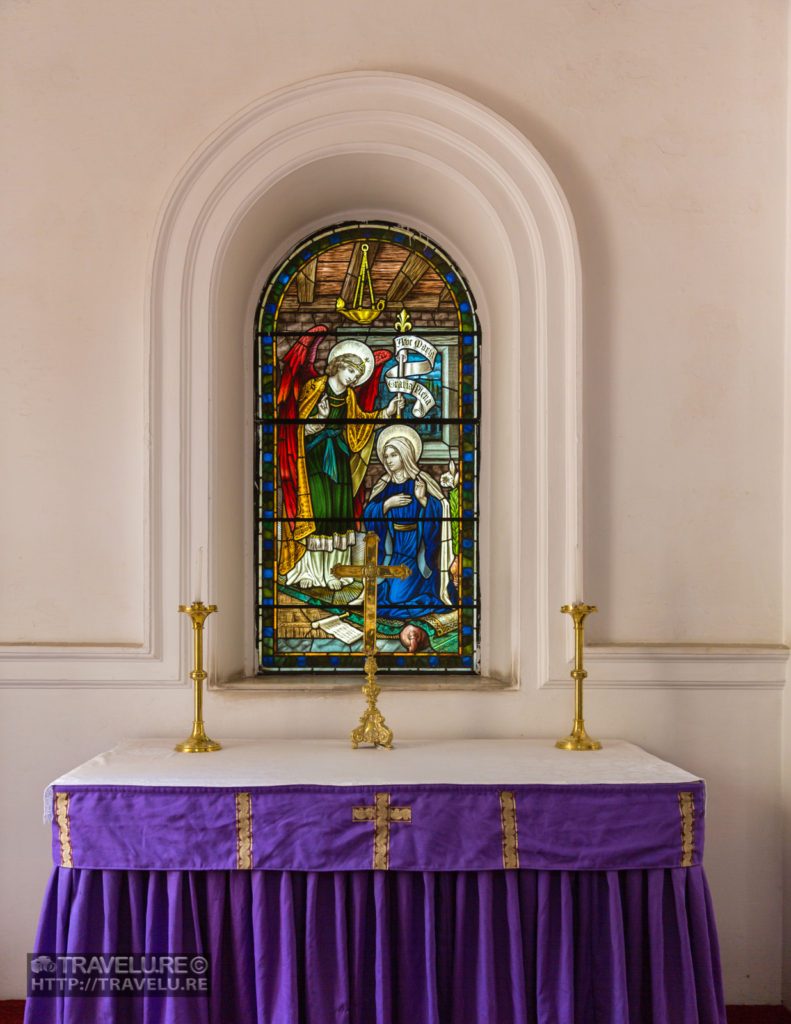
Shooting back-lit stained glass challenge
Most often, you will find stained glass artwork on the church windows. The daylight behind turns these masterpieces into gleaming, colourful attractions. This outside light makes it challenging to shoot them as the interiors of the churches are not well lit. Once again, it poses a dynamic range challenge the cameras are ill-equipped to handle. You are hard-pressed to get the details of the dark interiors while avoiding a burnout of the back-lit stained glass.
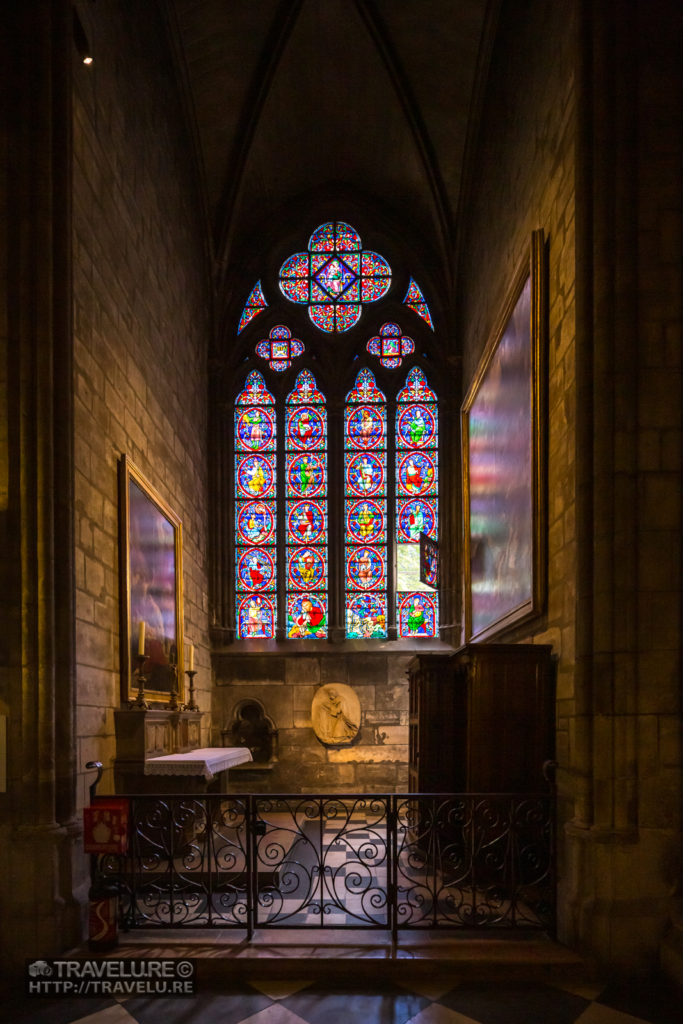
The shots
It is important we get the inside details and also capture the nuances of the stained glass artwork. More often than not, the darkness within a church will force you to pump up the ISO on a wide-open aperture for capturing the details inside. And the back-lit stained glass will threaten over-exposure. This requires a precarious exposure balance. Also, tripod-usage restrictions will force us to shoot hand-held. So, that means a more than normal light/dark compensation during edits.
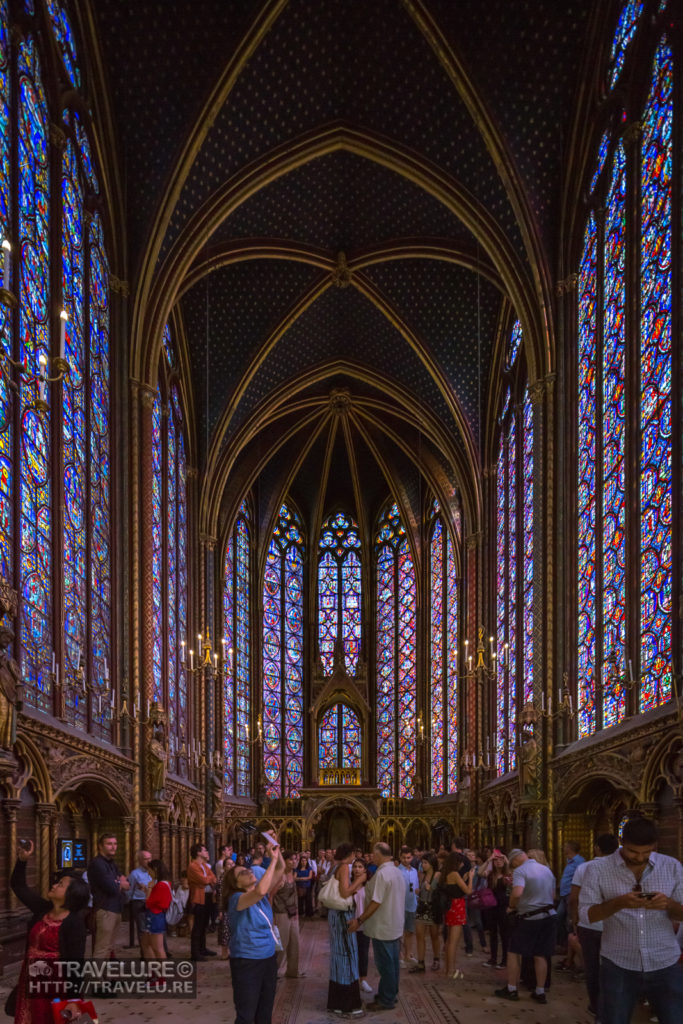
So, here are a few caveats for shooting back-lit stained glass:
- Most churches do not allow a tripod. So, the shutter speed needs to be fast enough to shoot hand-held and avoid camera shake.
- The dark interiors mean a need to pump up the ISO and a wide-open aperture.
- Most church windows being high up, we need perspective control to avoid distortion.
- During the edit, cutting highlights and whites, and boosting shadows are necessary.
- The above edit will force you to apply the luminance and colour noise settings in Lightroom for doing away with noise.
